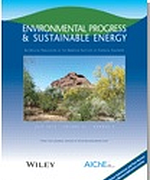Estimating the Evaporation from Irrigation Reservoirs of Greenhouses Using Satellite Imagery
Fernando Carvajal Ramírez, Francisco Agüera Vega, and Julián Sánchez-Hermosilla López
2016
Environ. Prog. Sustainable Energy, 35: 1750–1757
http://dx.doi.org/10.1002/ep.12419
ABSTRACT
The agricultural system in south-eastern Spain is based on intensive horticulture in greenhouses. Public and private organizations have spent substantial resources on optimizing irrigation, due to the scant annual precipitation (close to 250 mm). In order to preserve natural water resources, avoiding overexploitation and salinization aquifers, the water loss has to be minimized. Farmers save water in irrigation reservoirs, which are open to the atmosphere most of the time. In this work, the loss to evaporation from open water reservoirs was estimated in a typical agricultural greenhouse area in Almeria province, south-eastern Spain. The data source was both a high-resolution satellite image, and a set of climatic data from the Agro-climatic Information Network of Andalusia (AINA) and from a Class-A pan evaporimeter. The image was used for detecting and delineating open water bodies applying a supervised classification algorithm based on an artificial neural network. The climatic data were used to estimate the distribution of monthly evaporation. It was concluded that irrigation water reservoirs can evaporate 3.76% of the input water used for crops. If all of the water bodies were covered with shade materials and if the precipitation intercepted by the roofs of greenhouses were saved in the irrigation water reservoirs, 49.87% of water annually consumed by greenhouse crops could be saved.





